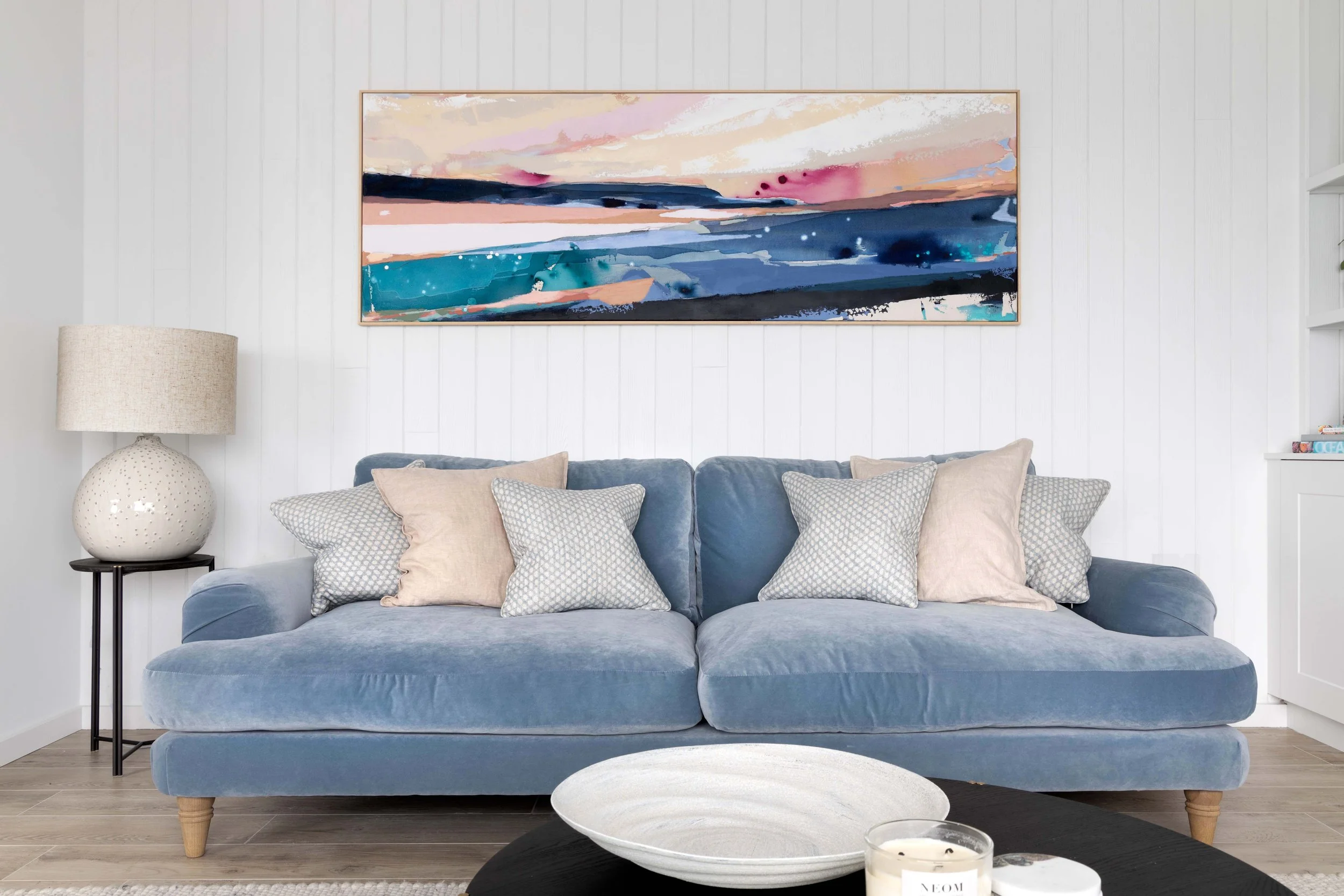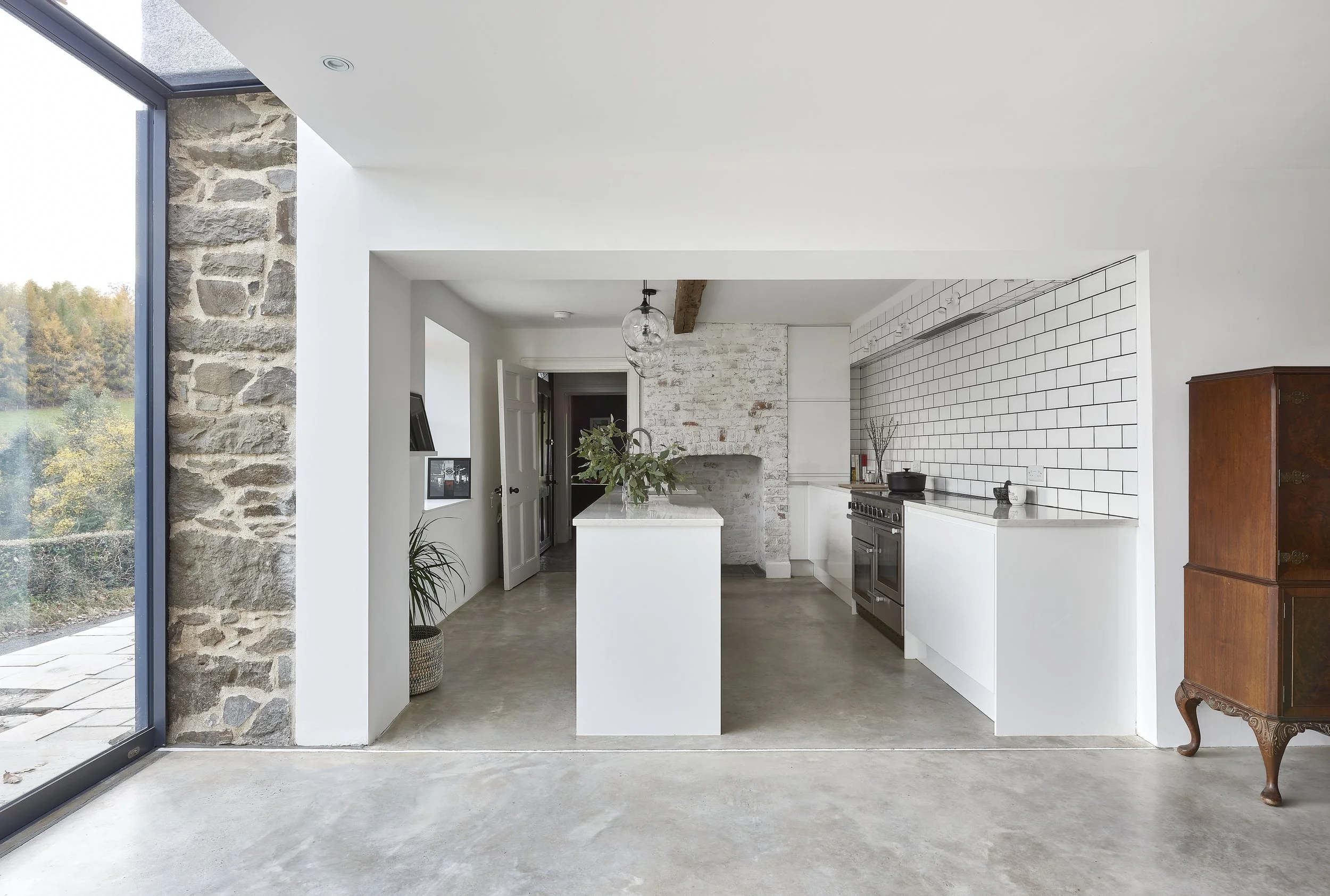If you’ve been waiting for me to do a “Top Interior Trends for 2025” post, this isn’t it and it never will be.
Because I don’t design for trends, I design for feeling, and that never goes out of style.
Trends Fade. Feeling Doesn’t.
Every year brings a new colour of the year. A new “must-have” tile. A fresh wave of design buzzwords, quiet luxury, dopamine decor, earthy minimalism. Some of them are beautiful. Some are fun. But none of them matter if they don’t feel like you. Because trends aren’t tailored. They’re marketed. And the most powerful homes? They’re not built off someone else’s Pinterest board.
They’re built with intention. They’re built with you at the centre.
So What Does It Mean to Design a Feeling?
It means the starting point isn’t what’s popular. It’s how you want to feel in the space.
Maybe it’s grounded.
Maybe it’s expansive.
Maybe it’s quiet and safe.
Maybe it’s sensual and soft.
Maybe it’s strong, creative, open, held.
Designing a feeling means we make every decision, from paint colours to textures to layout, based on how it lands in your body, not how it looks in a showroom.
We choose tones that soften your nervous system. We layer materials that hold warmth and depth.
We plan spaces around how you live, not how someone else says you should.
That’s the difference between a home that looks good and a home that feels right.
Trendy Isn’t Timeless—But You Are
Here’s what I know after years in this industry:
Chasing trends creates rooms that date quickly and feel disconnected.
Rooting into emotion creates rooms that grow with you.
You don’t need more stuff. You need more clarity. More alignment. More of you in the room.
Because the spaces that stay with us aren’t always the boldest or the most perfectly styled. They’re the ones that speak to something deeper. Personal. Familiar. True.
Why I’ll Always Choose Soul Over Hype
I’ve never been interested in creating design that’s here for a season. I’m here to create spaces that outlast the trend cycle. Spaces that get better over time. More worn in. More you.
That’s why I’ll always ask:
What version of yourself are you designing for?
Where do you want to land at the end of the day?
What textures do you actually love touching?
What light makes you feel most like yourself?
These are the things that matter. Because you’re the constant. Not the trend.
What This Means for My Clients
When we work together, I won’t be pushing what’s “hot right now.” I’ll be guiding you back to yourself. To what matters. To what will still feel good five years from now.
That means:
We choose longevity over impulse
We invest in fewer, better pieces
We design a space that matches your pace—not the algorithm
We slow down enough to notice what’s true for you
And honestly? That’s where the real magic happens.
The Feeling-First Approach in Action
Recently, I worked with a client who thought she wanted a moody, dramatic living room because she’d seen so many online. But when we slowed it down and got into how she actually wanted to feel, safe, open, deeply rested, we went in a totally different direction.
We softened the palette. We shifted the layout. We layered warm textures and low lighting. And when it was done, she said: “I didn’t know a room could feel like this.”
That’s what feeling-led design does. It doesn’t just impress. It lands.
Ready to Create a Home That Reflects You, Not Just the Moment?
If you’re tired of chasing trends and ready to build a space that’s rooted in your identity, your rhythm, and your feeling, this is the work I do.
Whether you need a one-off consultation or a full redesign, I’ll help you create something grounded, emotional, and deeply personal.
Because home should be the place you return to, again and again, and feel like it still fits.













